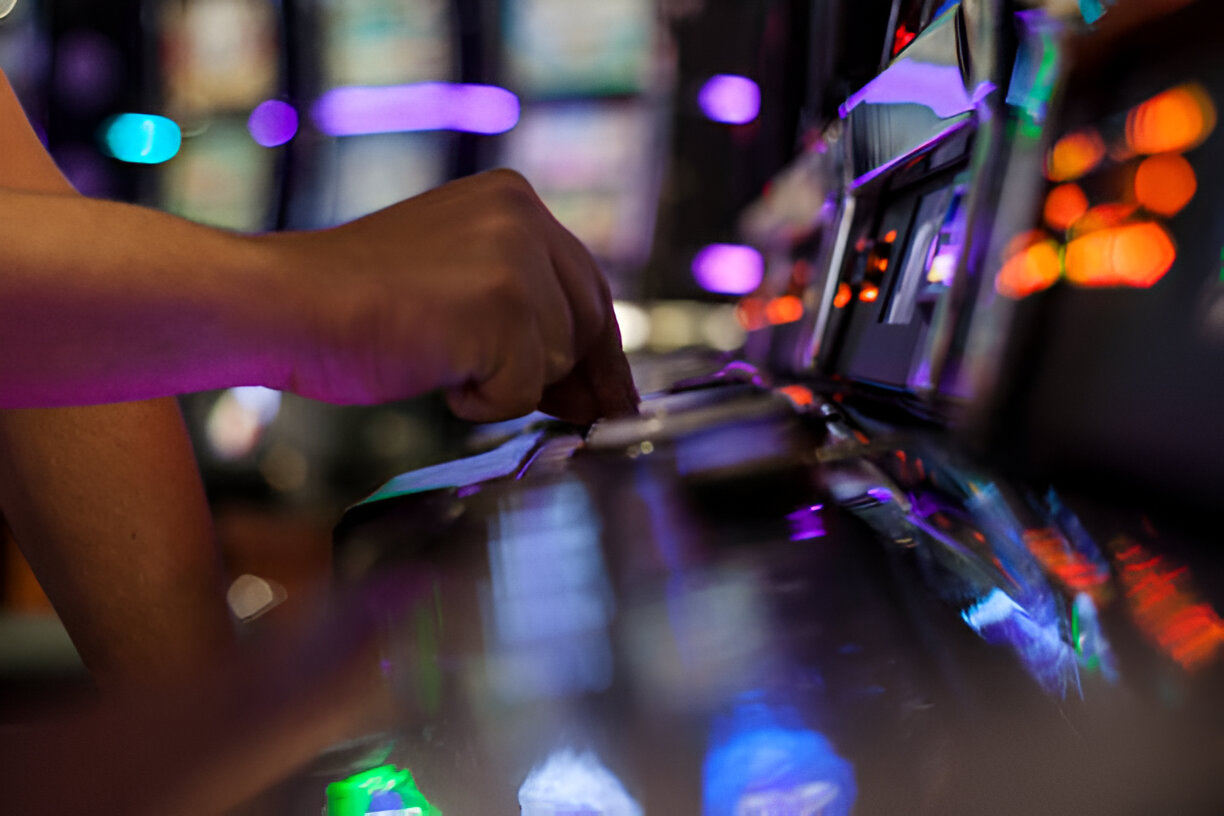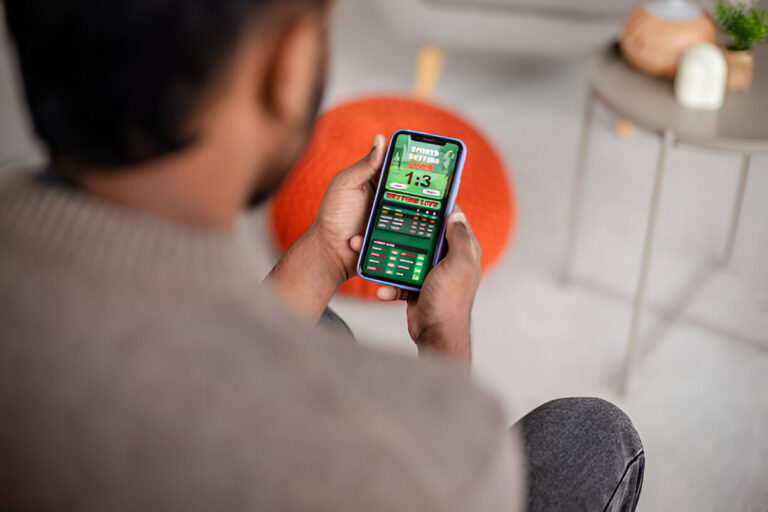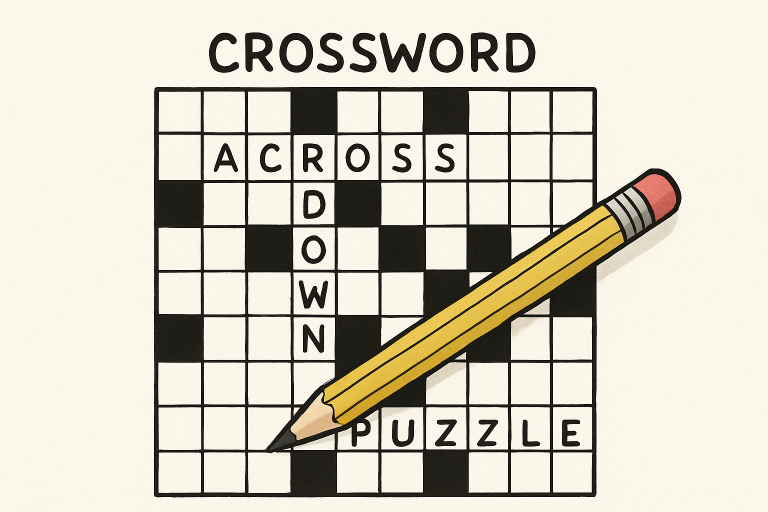Why I Stopped Paying Attention to RTP
For years and years, I obsessed over the RTP percentages of the games I played. It does sound silly in hindsight, but I truly believed that knowing the house edge would give me an unfair advantage. I’ll try my best to articulate why I figured it was the case, but, right now, I no longer feel that way. Eventually, I realized I was missing the point entirely. My hope is that this text will help YOU figure out if you’re making some mistakes when it comes to RTPs as well.
Modern platforms like Goldex Online Casino demonstrate how RTP transparency works in practice, displaying detailed game statistics alongside thousands of slots from premium providers, comprehensive volatility ratings, maximum win potentials, and educational resources that help players understand the difference between theoretical returns and actual session outcomes.
Brief Background on RTP
Return to Player (RTP) is a theoretical percentage. See? Right there: theoretical! Anyway, it indicates the average amount of money wagered on a game that is expected to be paid back to players over an extremely long period. Expressed as a percentage (e.g., 96%), it represents the house edge (4% in this case).
RTP matters (or may matter) because it provides a benchmark for comparing games. A higher RTP suggests a lower house edge. This means players might lose money slower on average over countless spins or bets. For all intents and purposes, it’s a long-term statistical measure for understanding the inherent advantage built into the game by the game maker.
Why I Thought It Was Crucial
When I first learned about RTP, I saw it as the ultimate key, as sad as it may sound. I believed a 96% RTP game would guarantee I’d lose only $4 for every $100 wagered, session after session. I meticulously compared RTPs, avoiding anything below 95%. I was legitimately convinced that higher RTP meant better odds of winning right now. I thought it was a direct predictor of short-term success. I knew I needed something of a shield against the house edge. Choosing games became solely an RTP calculation exercise. I was under the illusion that this metric was the most critical factor for profitability and controlling my bankroll effectively. Yeah.
Realities Behind RTP Figures: Are They Misleading?
RTP figures, while mathematically accurate in aggregate over billions of spins, can be profoundly misleading for individual players. The percentage is calculated over the entire lifetime of the game. It literally incorporates all players and all outcomes. Your personal session, lasting minutes or hours, represents a minuscule fraction of this. Variance (luck) dominates short-term play.
Some players attempt to bridge this gap using analytical tools like https://aviatoronlinebet.com/aviator-predictor/, though these cannot overcome the fundamental randomness that dominates individual gaming sessions.
A 96% RTP doesn’t mean you get $96 back from $100. It means over astronomical spins, the average return trends towards $96. For you, it could mean losing $100 instantly or winning $10,000. Also, trending towards something doesn’t mean always reaching it, either.
How RTP Can Be Misinterpreted or Misused
The biggest misinterpretation is applying RTP to short or regular sessions. I’ll stick with the above-mentioned 96% RTP slot. So, imagine betting $100 on it:
- Theoretical Long-Term Loss. $100 wagered * (100% – 96%) = $4 expected loss over infinity.
- Reality. Your session is short. Possible outcomes:
- Win $0 (100% loss of $100)
- Win $50 (50% loss of $50)
- Win $200 (100% profit of $100)
- Win the $999.99 max bet (massive profit)
Utter misuse occurs when players expect near the theoretical return ($96 back) every session or believe high RTP guarantees frequent wins.
It does NOT predict individual outcomes, only the average over an unattainable timeframe.
Impact of Focusing Too Much on RTP
Frankly speaking, obsessing over RTP distorted my gaming experience. I dismissed potentially fun, engaging games solely because their RTP was a fraction below others. I became overly analytical, reducing everything to a cold statistic. When I inevitably lost on a “high RTP” game quickly (due to normal variance), frustration was palpable because I felt statistically “cheated.” Conversely, wins on lower RTP games felt illegitimate. This hyper-focus bred anxiety, making losses feel like personal failures against the math, rather than accepting the inherent randomness. In short, it sucked ALL the fun out.
More Personal Experiences with RTP and Payout Expectations
The “Mental II” slot perfectly encapsulates my RTP disillusionment. Its solid 96.06% RTP and jaw-dropping x99,999 max win potential made it seem like a golden ticket. I played extensively, expecting the math to eventually favor me. Guess what the reality was? Countless sessions resulted in rapid bankroll depletion. The high volatility meant long droughts between significant wins. While the potential for a life-changing hit existed, the 96.06% RTP offered zero comfort during the frequent, deep losing streaks.
This, once again, taught me that even a “good” RTP and massive win potential guarantee NOTHING. Literally nothing. Variance still reigns supreme.







